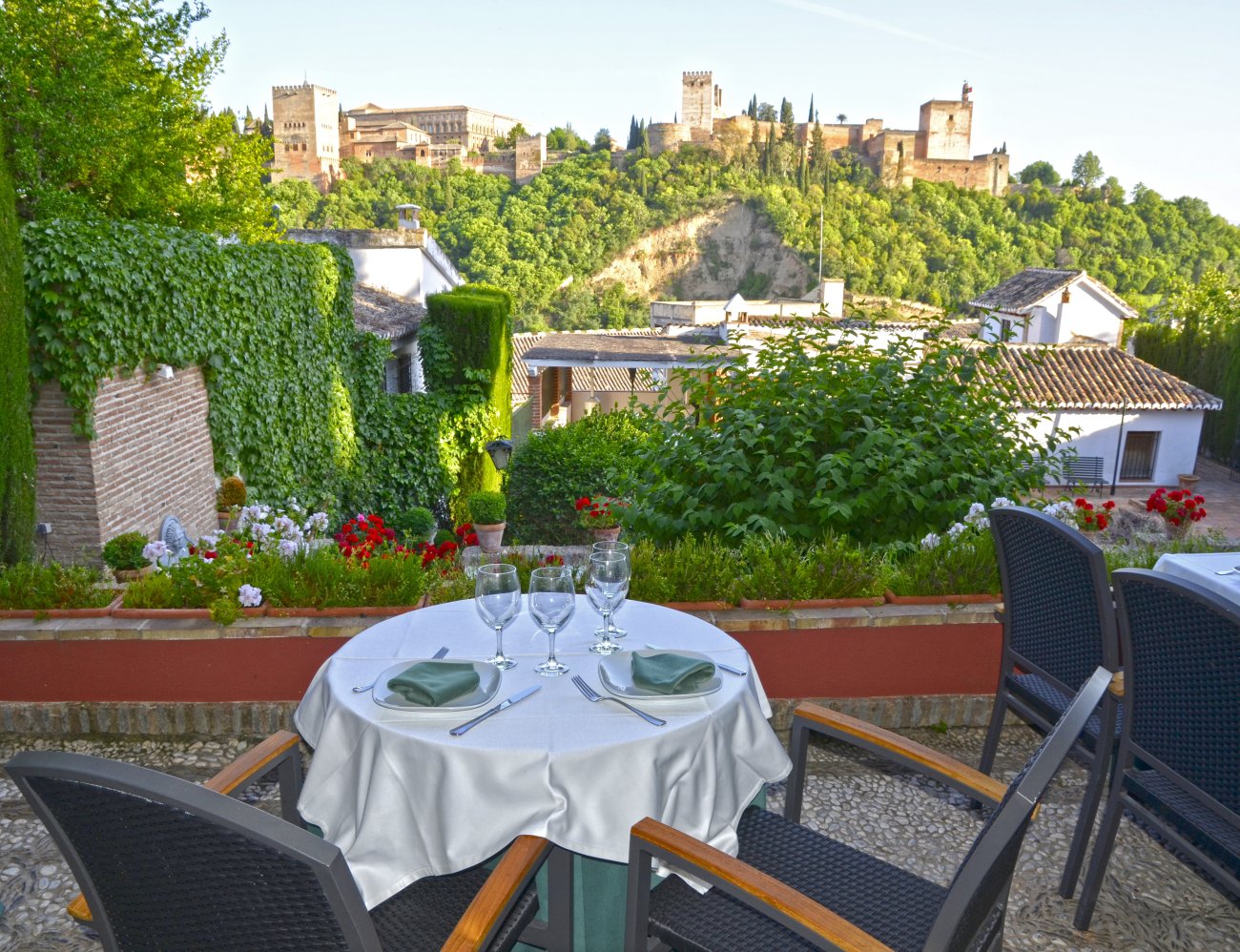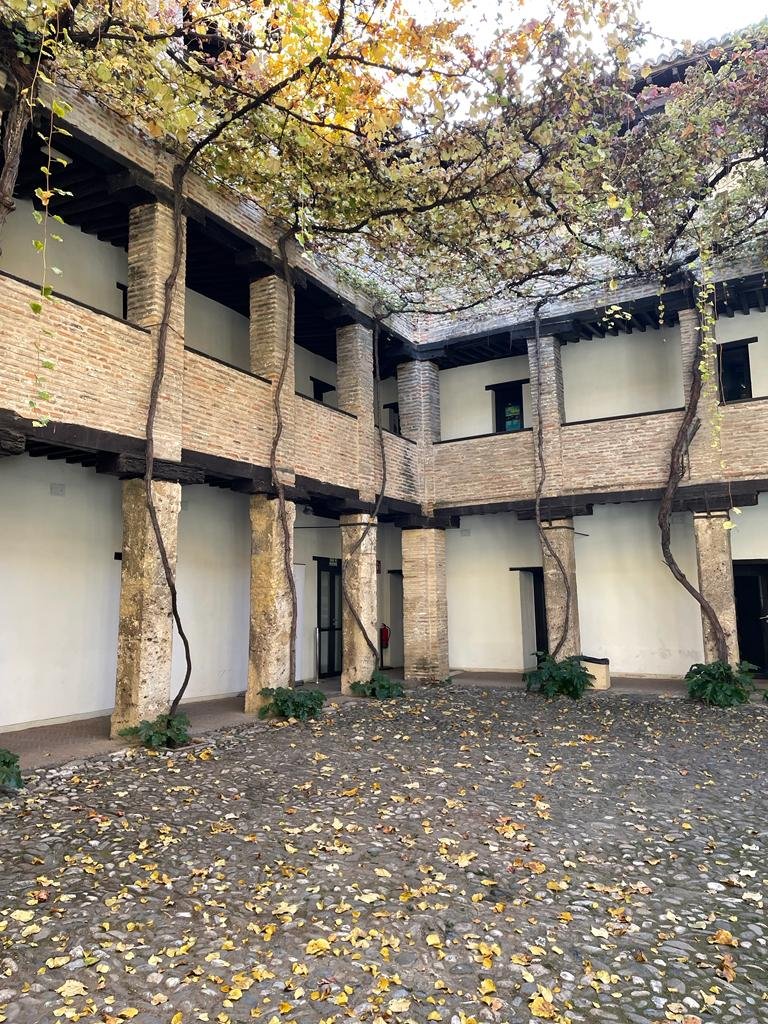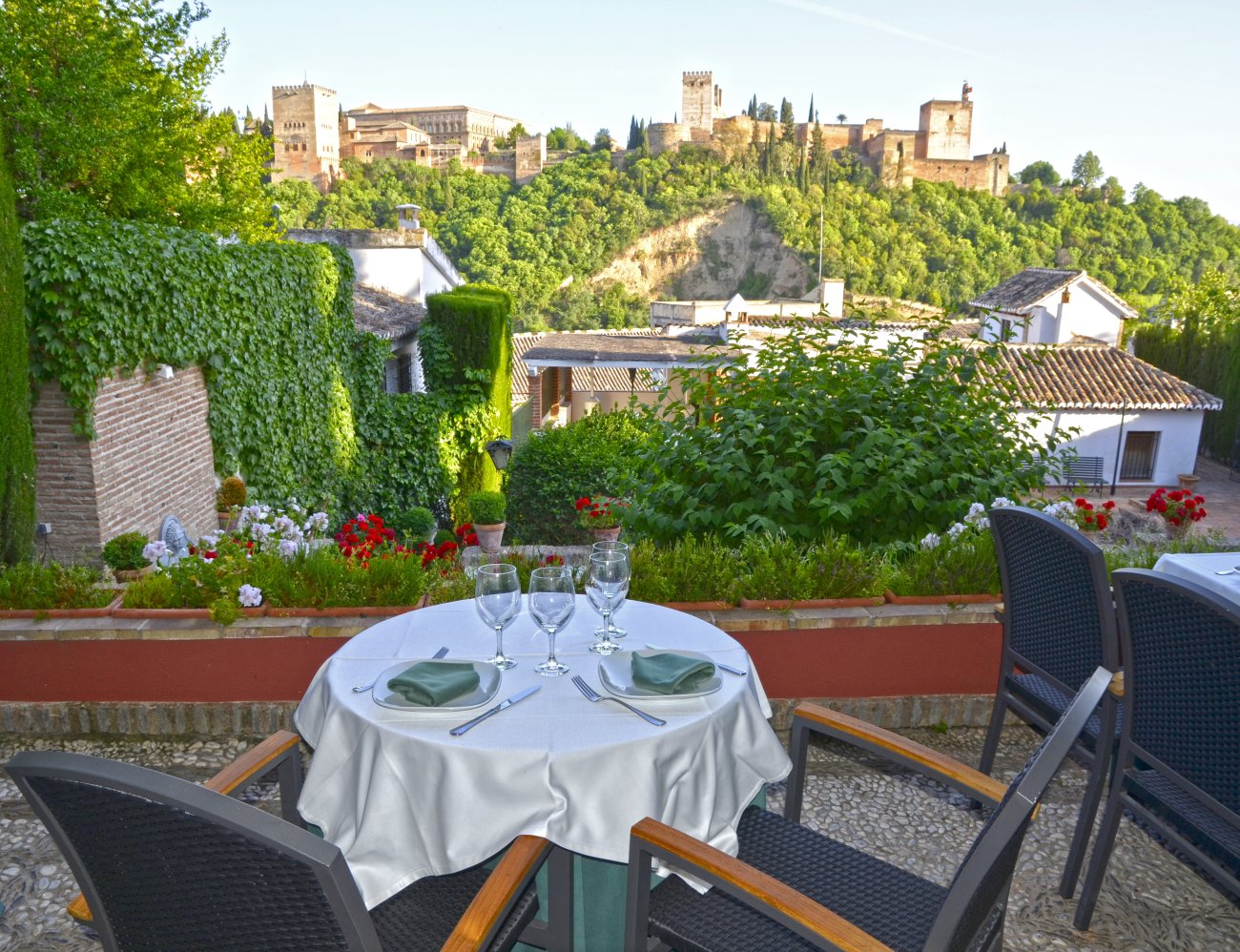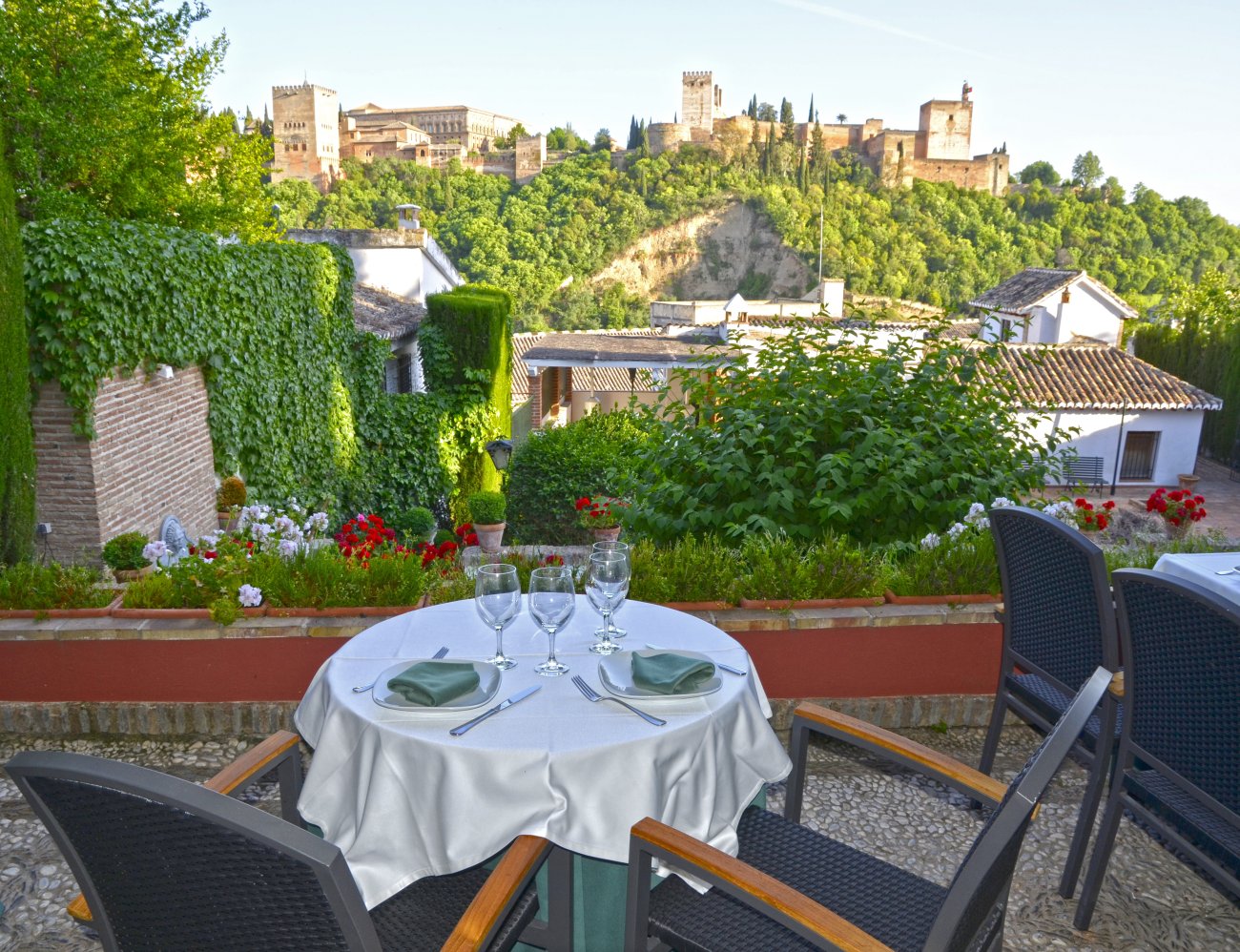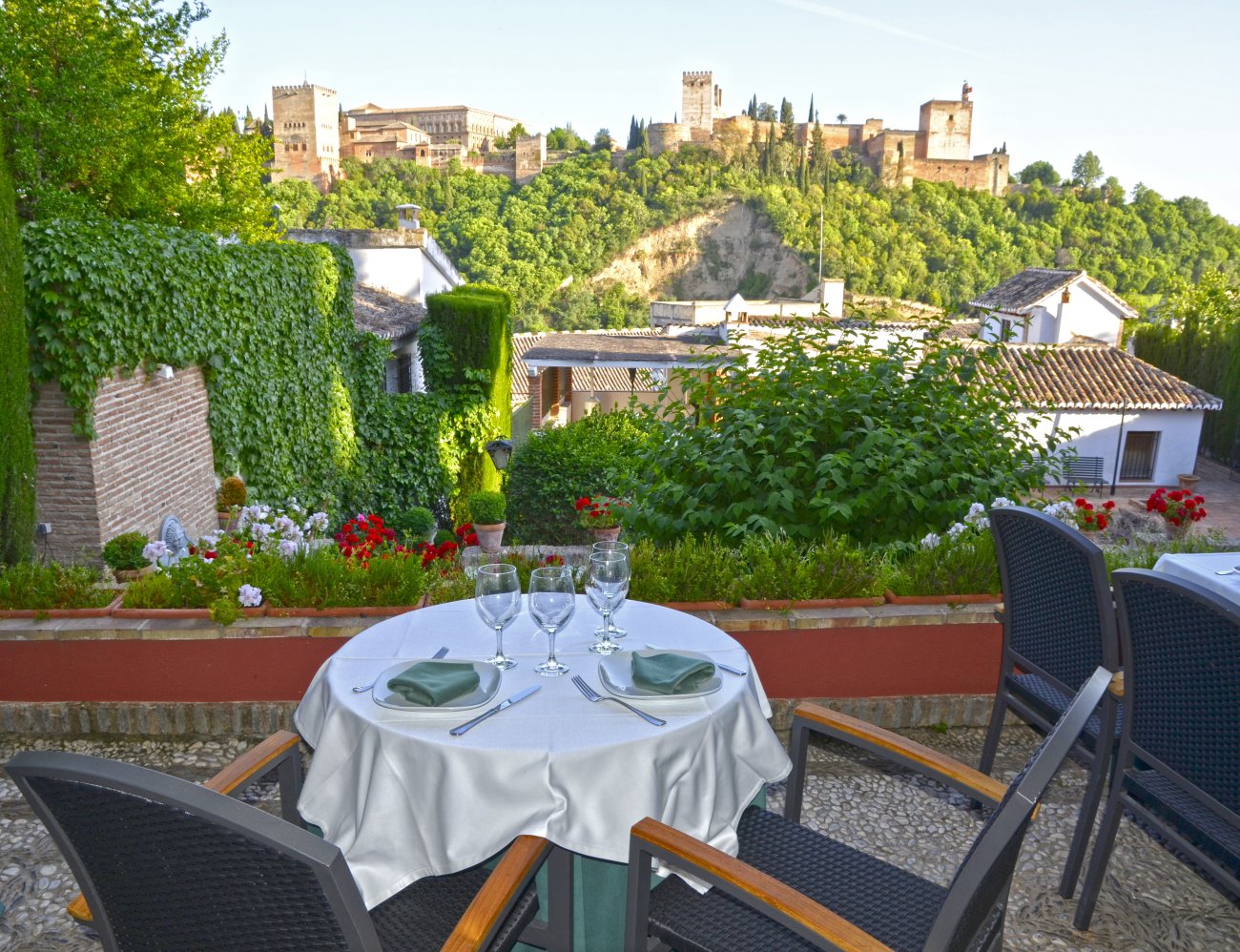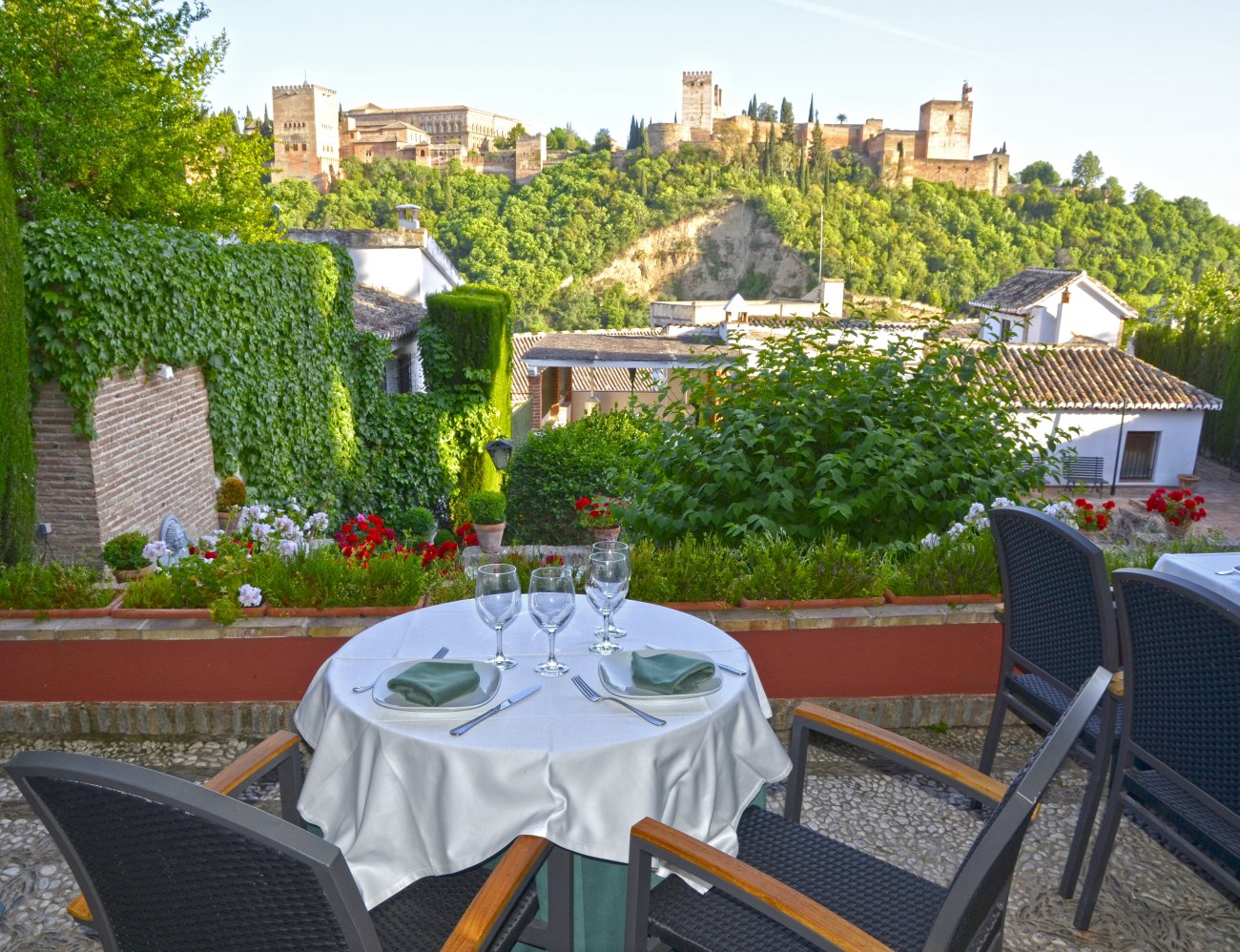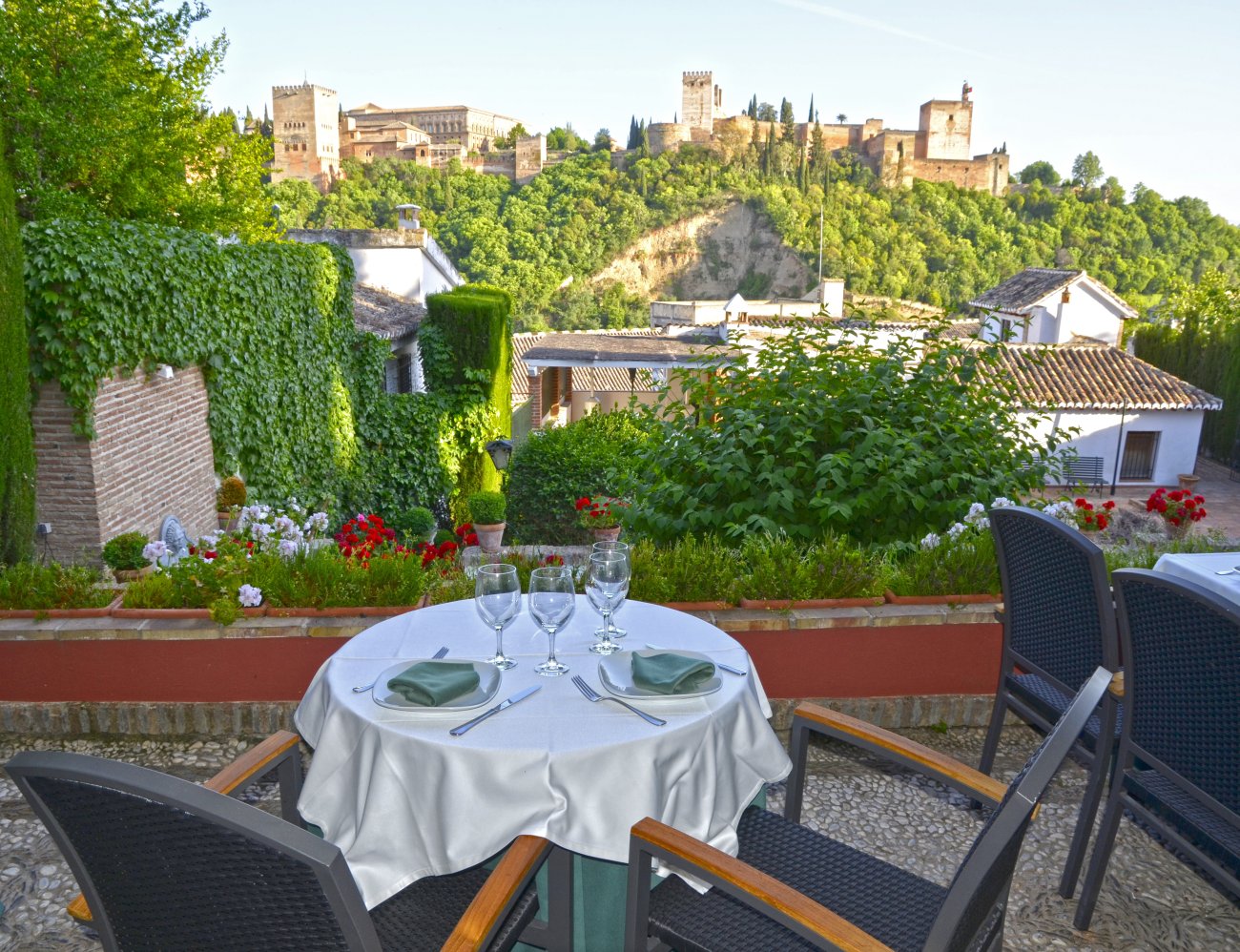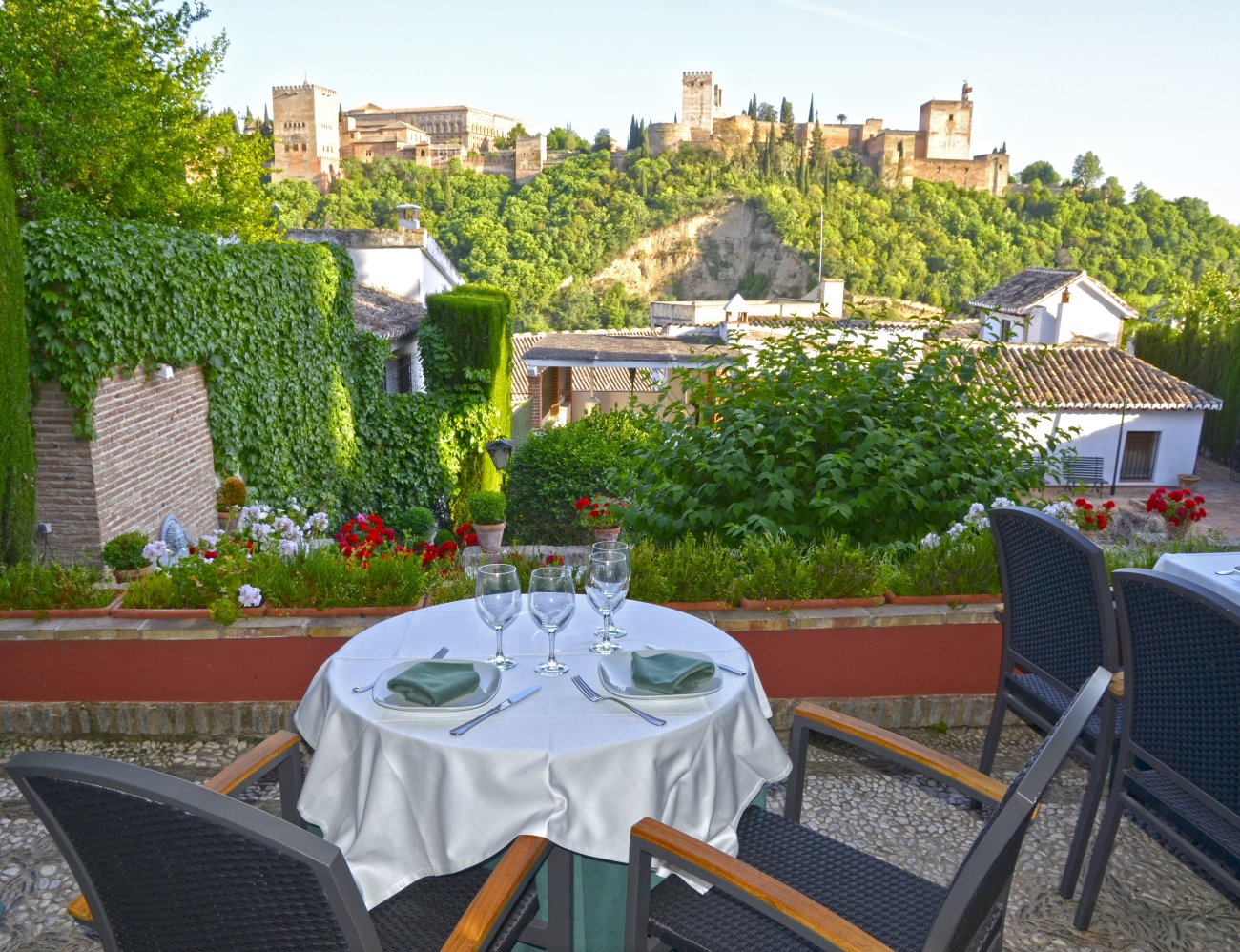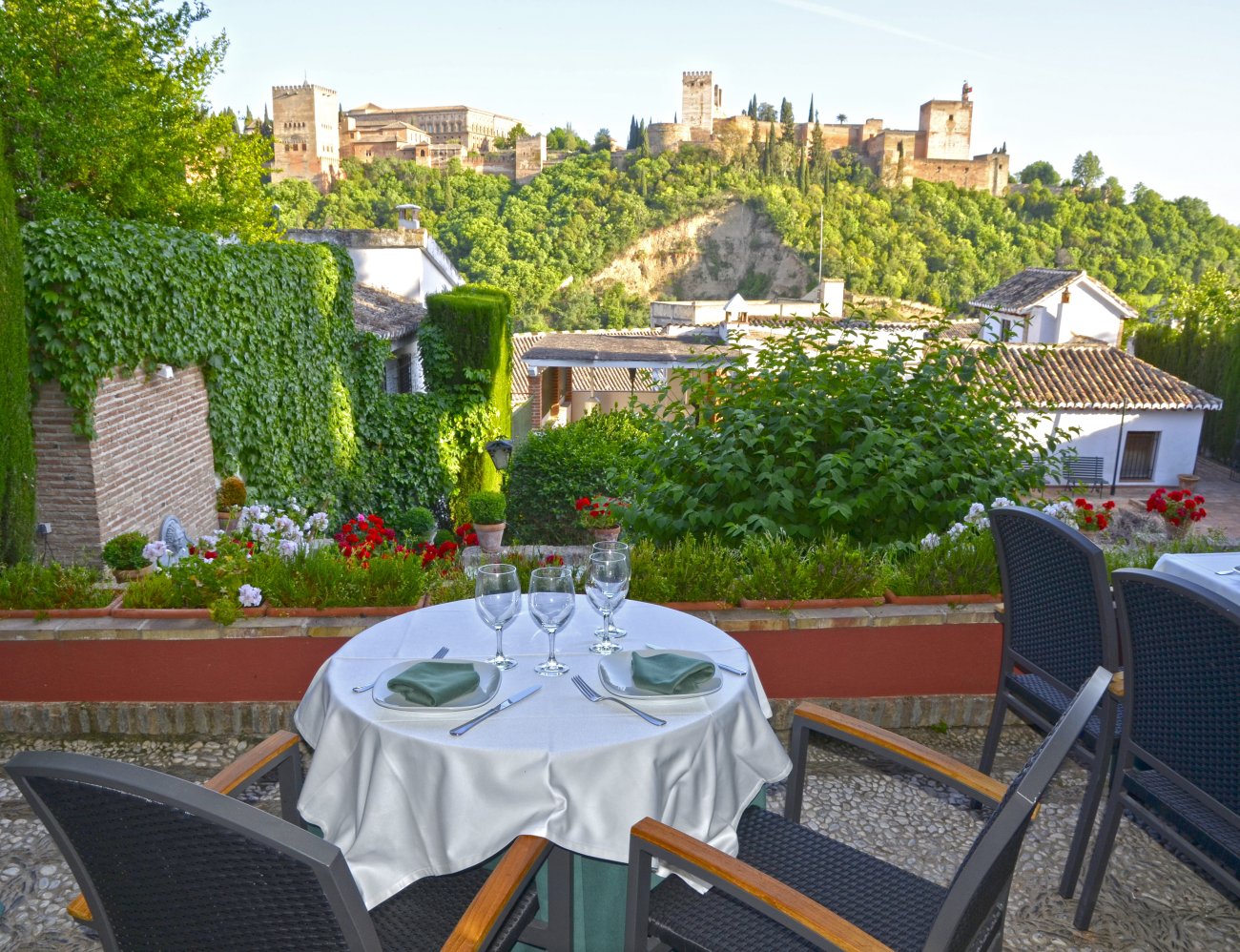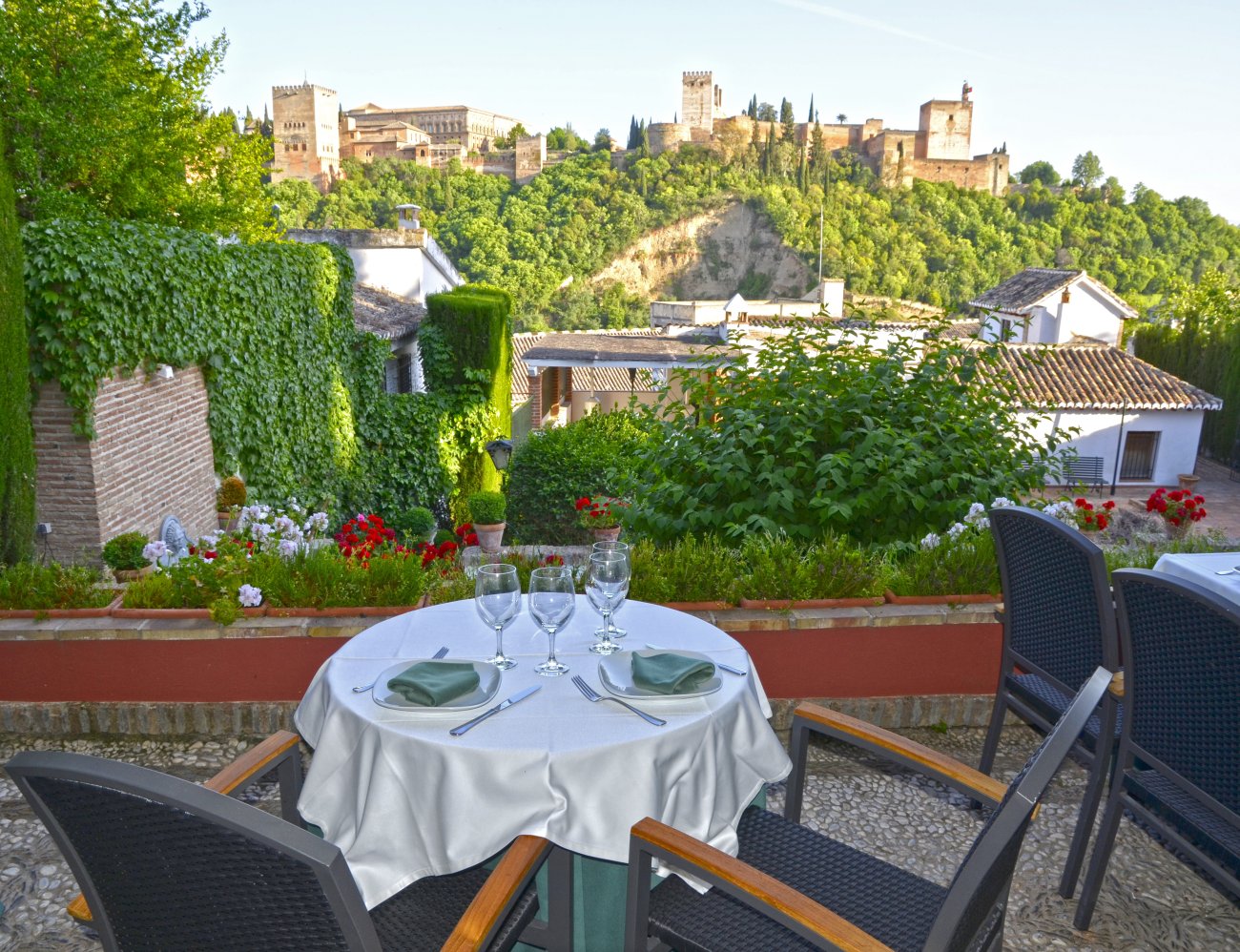Corral del Carbón, known in Arabic as al-fundaq al-yadida, meaning New Alhóndiga, was constructed in the first half of the 14th century. Its primary purpose was to serve as a storage facility and sales point for wheat, as well as accommodation for merchants bringing goods to Granada.
After the Reconquista in 1494, the Catholic Monarchs appointed Juan de Arana as its lieutenant, granting him ownership in 1500. Upon his death, the alhóndiga was sold at public auction and transformed into a theater.
In the 17th century, it also functioned as a community space, with the ground floor used for coal storage, which is how it got its current name.
In 1887, it was declared a National Monument, miraculously escaping speculation. At that time, Corral del Carbón was home to 36 families.
In the early 20th century, Leopoldo Torres Balbás purchased it for 128,000 pesetas, derived from ticket sales for the Alhambra, and restored it between 1929 and 1931.
This building opens to the exterior through a Muslim portal. Notable is the portal on the north side, which is divided into two levels. The lower level features a large pointed horseshoe arch adorned with geometric plant decorations. Above it, there is a frieze with a Kufic inscription praising Allah: "God is one, God is eternal, He neither begets nor is begotten, and there is none comparable to Him." The construction materials are characteristic of Hispano-Muslim art, including brick, plaster, and wood.
The structure has two paired windows, one on the first floor and another above, crowned by a beautiful eave with a deep overhang supported by brackets that tilt upward.
